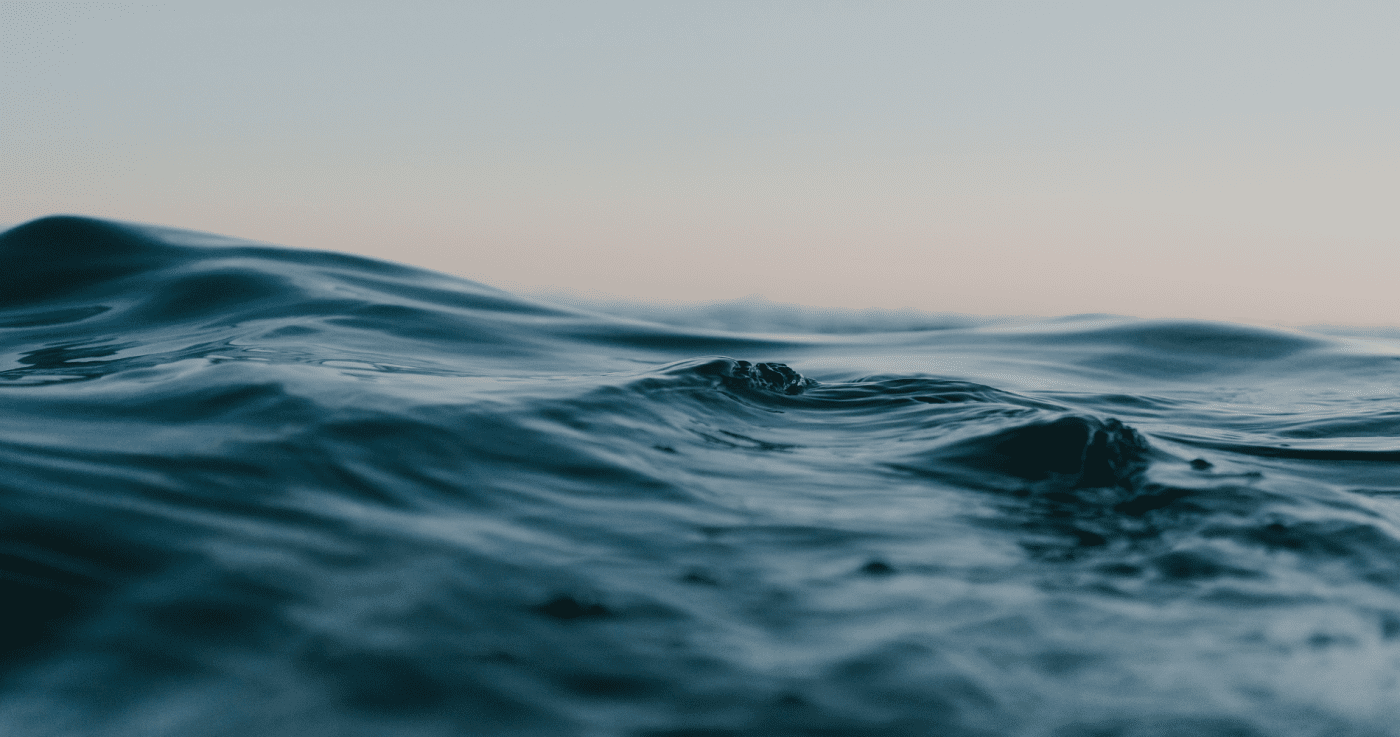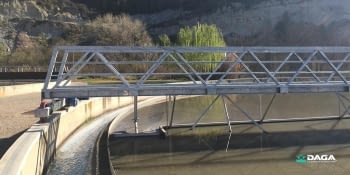Are the acronyms WWTP and IWWTP familiar to you? Both refer to a Wastewater Treatment Plant, but the "I" added at the beggining of IWWTP specifies that that station receives wastewater from one or more industries.
What do we understand by Industrial Wastewater Treatment?
Industrial activity encompasses a variety of processes that end up generating water residuals of various types: they may have been used in the creation of a product, in cleaning, to refrigerate... Be that as it may, they may contain contaminants of different nature. To ensure compliance with current legislation on the discharge of these waters and minimize their impact on the environment, this type of wastewater is specified as Industrial Wastewater.
Industrial Wastewater Treatment refers to the system and process applied to this type of polluted water so it can be returned to nature, be discharged into the sewage or, as a third option, be reused. In all three scenarios, by law, they must be cleaned before.
As water is a limited natural resource and with all the shortage problems in various parts of the planet currently detected and with increasingly demanding regulations, reuse has positioned itself as the most sustainable and - at the same time - most competitive option.
Industrial Wastewater Treatment refers to the system and process applied to this type of polluted water so it can be returned to nature, be discharged into the sewage or, as a third option, be reused. In all three scenarios, by law, they must be cleaned before.
As water is a limited natural resource and with all the shortage problems in various parts of the planet currently detected and with increasingly demanding regulations, reuse has positioned itself as the most sustainable and - at the same time - most competitive option.
Industrial Wastewater Treatment Processes
We started the article with reference to the IWWTP, which is an Industrial Wastewater Treatment Plant, the place where the entire process of treating these waters is carried out. In it, different techniques and types of processes are carried out, depending on the contaminants they contain and which must be removed in order for the water to be safely reused.
We can distinguish three types of processes: biological processes, physical processes and chemical processes.
We can distinguish three types of processes: biological processes, physical processes and chemical processes.
- Biological processes. Its objective is to eliminate dissolved and suspended organic matter (biodegradable materials, oils, greases, phosphorus, nitrogen ...) converting it into sedimentary solids and organic gases.
- Physical processes. They are those that get rid of polluting particles through physical separation such as filtration, flotation, sieving ...
- Chemical processes. Waters that are contaminated with more toxic or complex substances require the use of chemical products for processes such as coagulation, flocculation, neutralization of PH or oxidation.
The DAGA experience
DAGA has accumulated over six decades of experience in wastewater treatment (WWTP), equipment for filtration and roughing of irrigation water and industrial effluent treatment equipment (IWWTP). Grids, sieves, screws, decanters, thickeners, rotors, degreasers and grit chambers: the brand has a wide catalogue of equipment and machinery to start up the best facilities, plants and systems.
With the mission of optimizing the capacity of water treatment plants and plants in irrigated areas or industries internationally, DAGA is currently present in more than 30 countries and more than 1,300 companies have trusted the company.
Always seeking to offer efficient water management, personalized solutions and technical advice, DAGA has carried out more than 2,500 installations, including urban, industrial and irrigation treatment plants.
With the mission of optimizing the capacity of water treatment plants and plants in irrigated areas or industries internationally, DAGA is currently present in more than 30 countries and more than 1,300 companies have trusted the company.
Always seeking to offer efficient water management, personalized solutions and technical advice, DAGA has carried out more than 2,500 installations, including urban, industrial and irrigation treatment plants.



